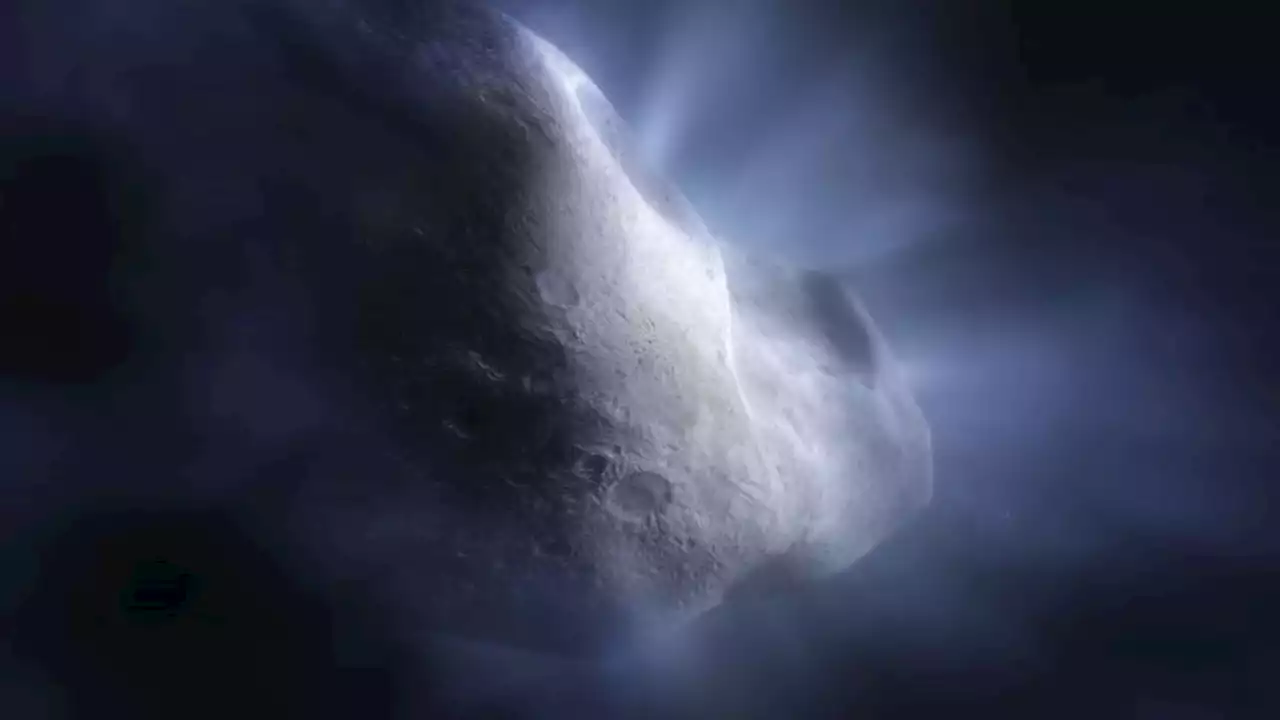Astronomers used the James Webb Space Telescope to observe a rare comet in our solar system, making a long-awaited scientific breakthrough and stumbling across another mystery at the same time
. For the first time, water was detected in a main belt comet, or a comet located in the main asteroid belt between the orbits of Mars and Jupiter. The discovery came after 15 years of attempts by astronomers using different observation methods. The space observatory detected water vapor around Comet Read, which suggests that water ice can be preserved in a warmer part of the solar system. A study detailing the findings was published Monday in the journal Nature.
“Understanding the history of water distribution in the solar system will help us to understand other planetary systems, and if they could be on their way to hosting an Earth-like planet.” Investigating rare comets Main belt comets were first codiscovered in 2006 by study coauthor Henry Hsieh, senior scientist at the Planetary Science Institute in Tucson, Arizona. Comet Read was one of the original comets used to create the subcategory.
United States Latest News, United States Headlines
Similar News:You can also read news stories similar to this one that we have collected from other news sources.
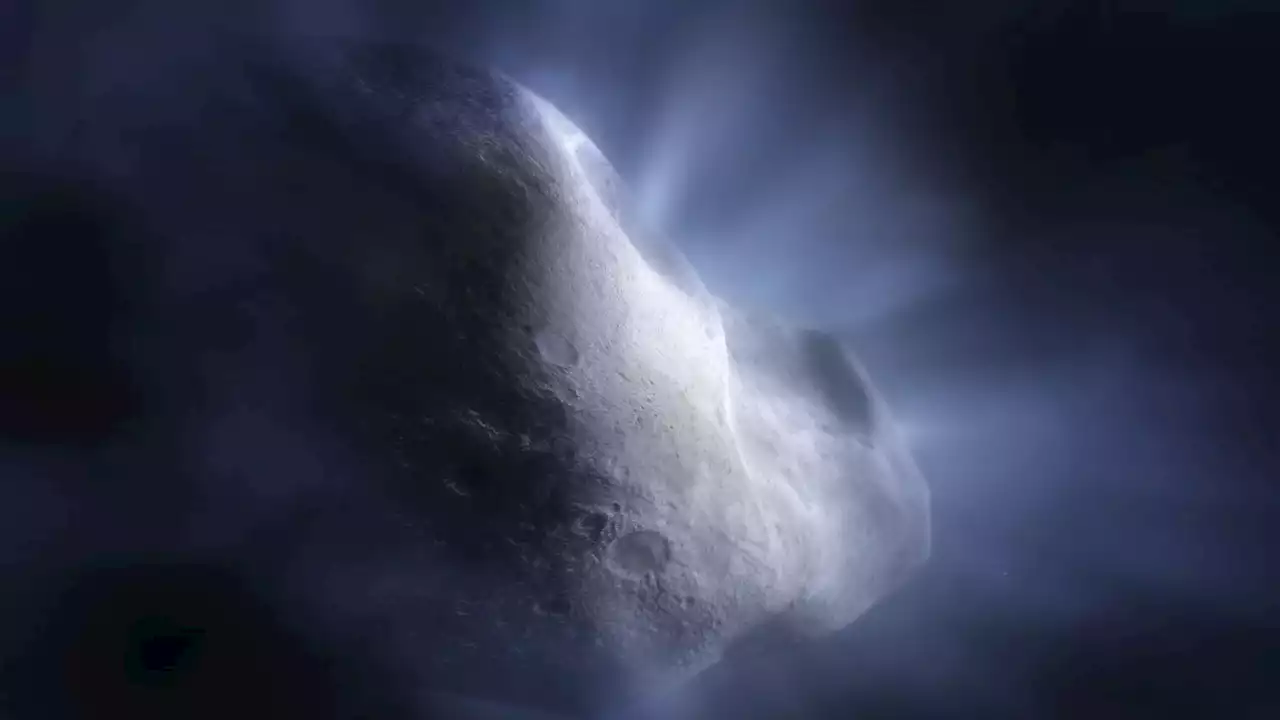 James Webb Space Telescope discovers water around a mysterious cometThe study of Comet 238P/Read, which lurks in the main asteroid belt, could help reveal the source of Earth's water, a vital ingredient for life on our planet.
James Webb Space Telescope discovers water around a mysterious cometThe study of Comet 238P/Read, which lurks in the main asteroid belt, could help reveal the source of Earth's water, a vital ingredient for life on our planet.
Read more »
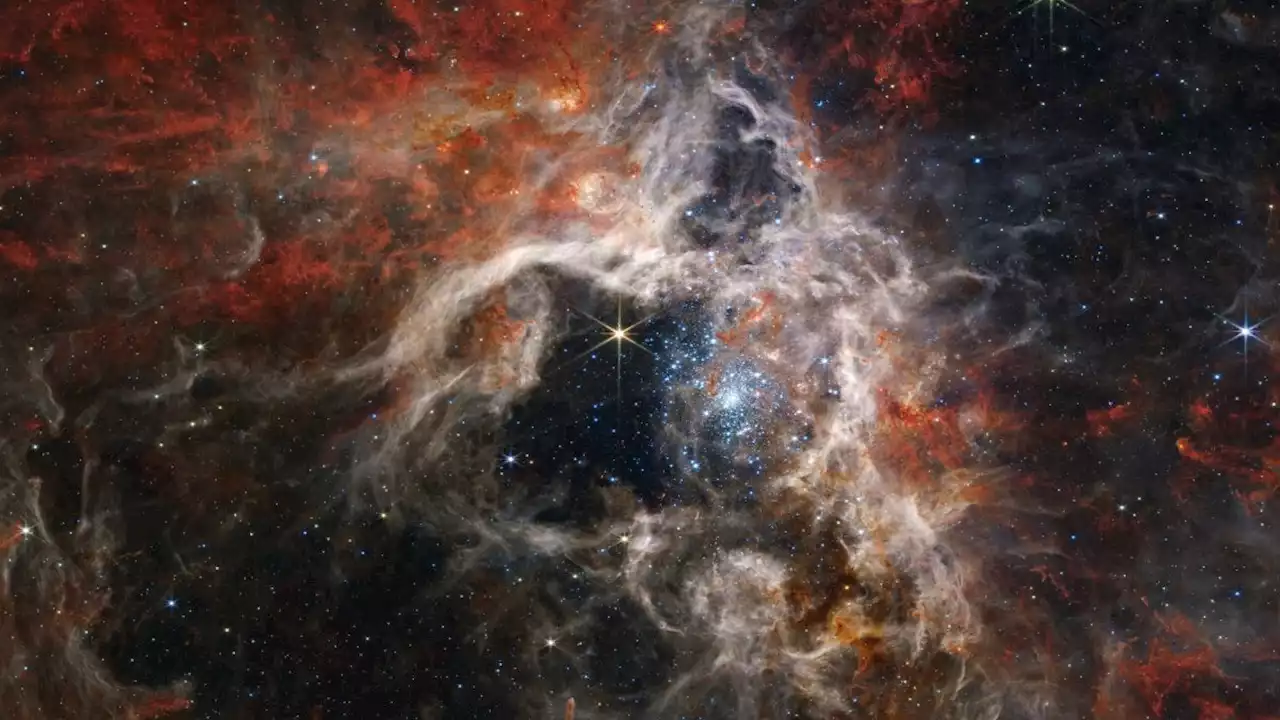 25 jaw-dropping James Webb Space Telescope imagesFrom nebulas and black holes to baby star nurseries and ancient collisions, the universe has never looked more beautiful thanks to NASA's $10 billion-telescope.
25 jaw-dropping James Webb Space Telescope imagesFrom nebulas and black holes to baby star nurseries and ancient collisions, the universe has never looked more beautiful thanks to NASA's $10 billion-telescope.
Read more »
 James Webb telescope finds water around a comet in the main asteroid belt | EngadgetThe James Webb telescope has spotted the first known instance of a comet with water vapor in the main asteroid belt..
James Webb telescope finds water around a comet in the main asteroid belt | EngadgetThe James Webb telescope has spotted the first known instance of a comet with water vapor in the main asteroid belt..
Read more »
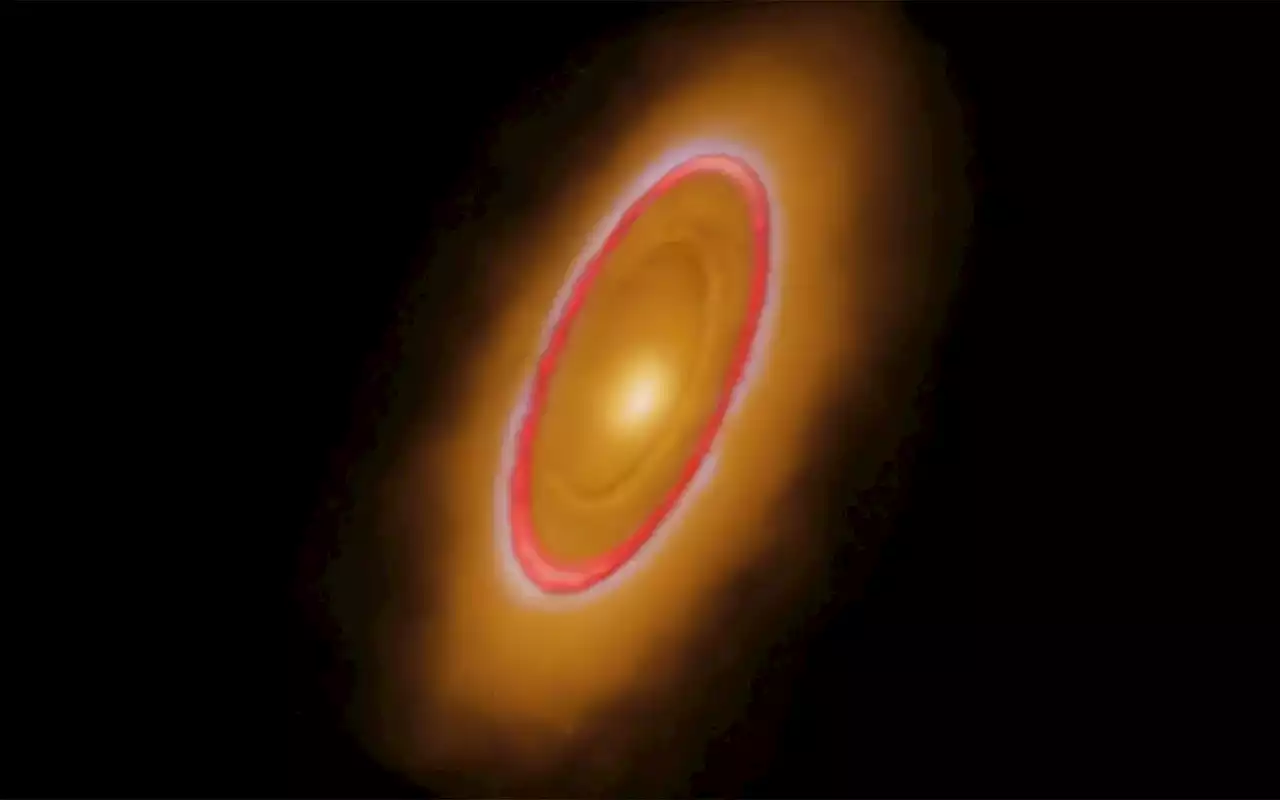 Webb Space Telescope Captures Nearby Planetary System in Breathtaking DetailA new Webb Space Telescope image of the bright, nearby star Fomalhaut reveals details never seen before, including nested rings of dust that hint at the forces of unseen planets. A team led by University of Arizona astronomers used NASA's James Webb Space Telescope to image the warm dust around a
Webb Space Telescope Captures Nearby Planetary System in Breathtaking DetailA new Webb Space Telescope image of the bright, nearby star Fomalhaut reveals details never seen before, including nested rings of dust that hint at the forces of unseen planets. A team led by University of Arizona astronomers used NASA's James Webb Space Telescope to image the warm dust around a
Read more »
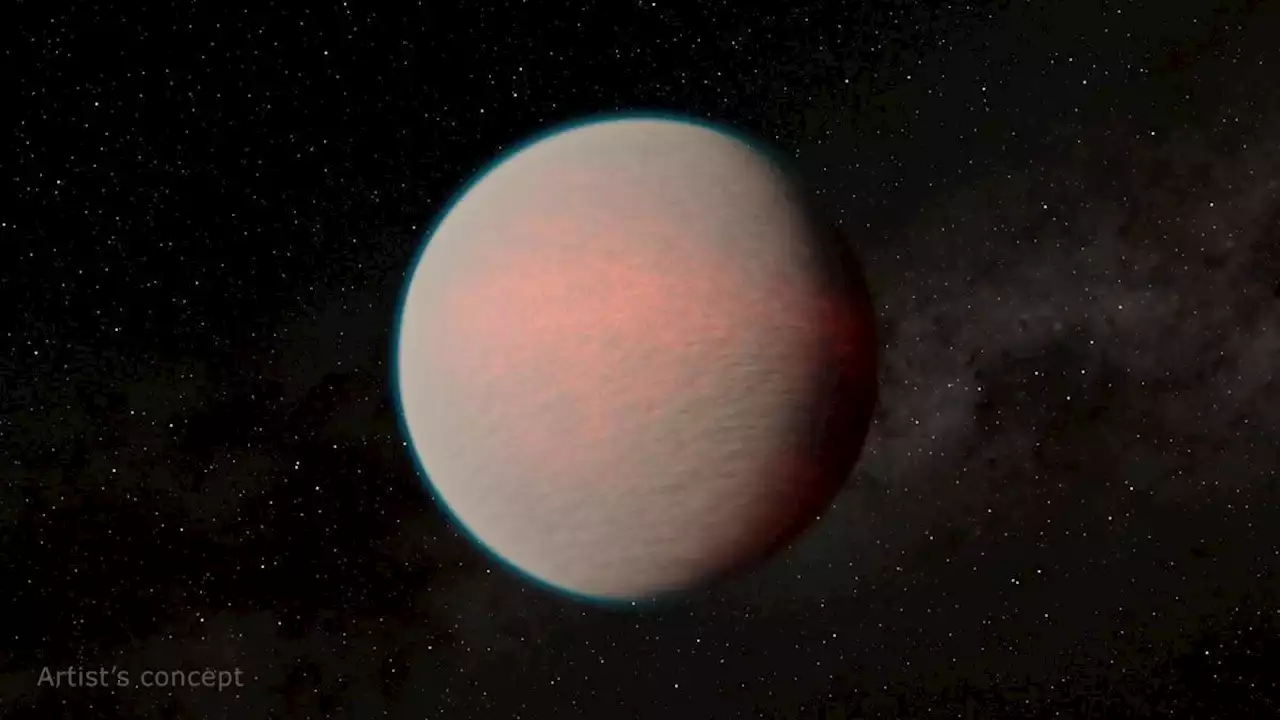 James Webb telescope discovers ancient 'water world' in nearby star systemBriley Lewis (she/her) is a freelance science writer and Ph.D. Candidate/NSF Fellow at the University of California, Los Angeles studying Astronomy & Astrophysics. Follow her on Twitter briles_34 or visit her website www.briley-lewis.com.
James Webb telescope discovers ancient 'water world' in nearby star systemBriley Lewis (she/her) is a freelance science writer and Ph.D. Candidate/NSF Fellow at the University of California, Los Angeles studying Astronomy & Astrophysics. Follow her on Twitter briles_34 or visit her website www.briley-lewis.com.
Read more »
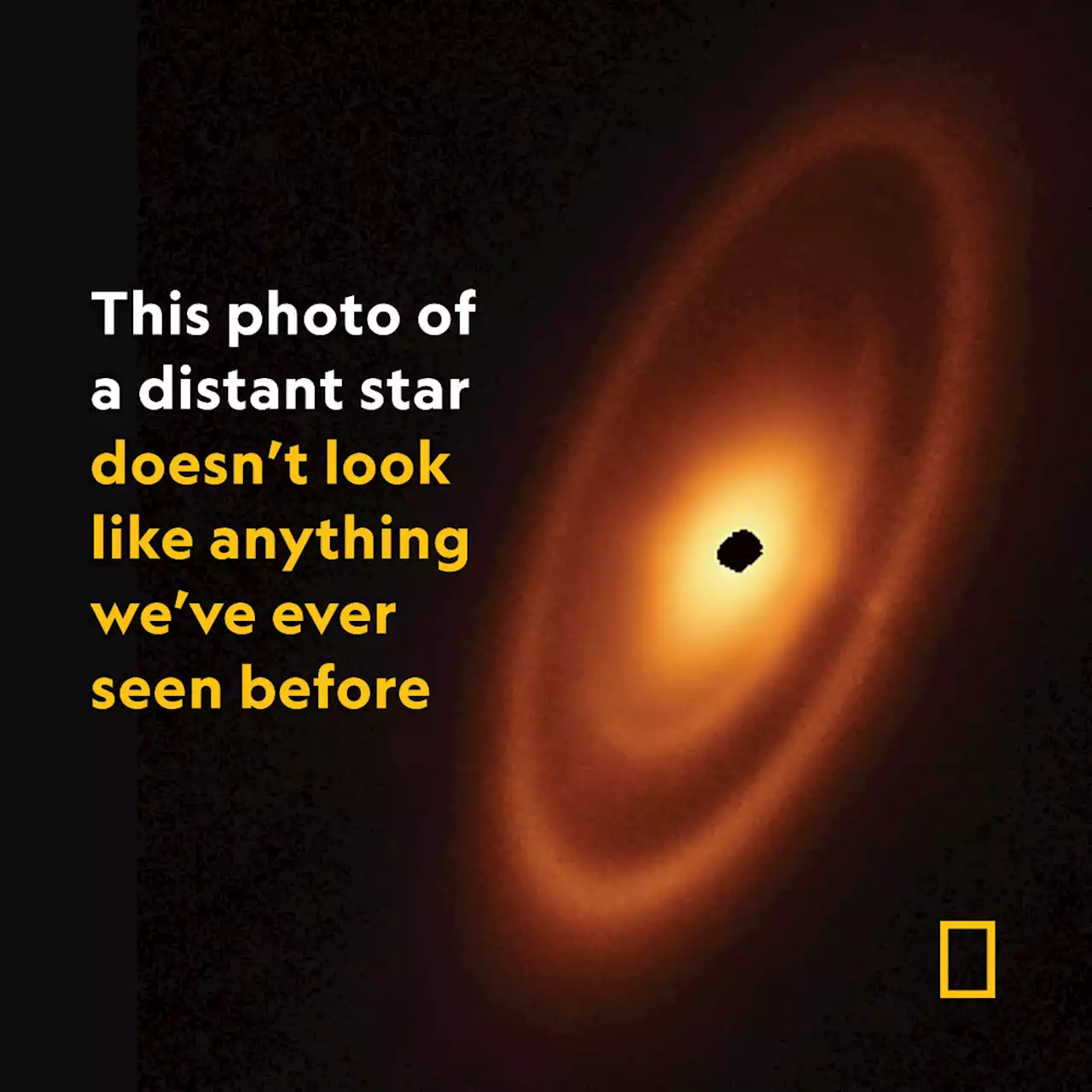 Why this photo of planetary debris is unlike anything seen beforeFomalhaut is one of the brightest stars in the night sky—and the James Webb Space Telescope has revealed belts of material orbiting the star in stunning detail.
Why this photo of planetary debris is unlike anything seen beforeFomalhaut is one of the brightest stars in the night sky—and the James Webb Space Telescope has revealed belts of material orbiting the star in stunning detail.
Read more »
